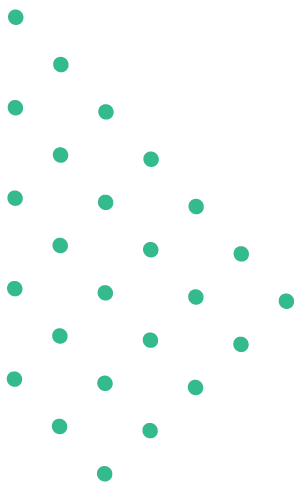"Hellenism" refers to Greek art, culture, literature, Greek spirit, and the way of Greek life. To put it differently, "Hellenism" usually stands...Continue


Comment on the figures of speech used in the portion of the poem “Elegy Written in a Country Churchyard”.
Thomas Gray’s (1716-71) “Elegy Written in a Country Churchyard” (1751), is a famous poem about life, death, and nature. The poet uses beautiful figures of speech to create images and emotions. These make the poem vivid and meaningful.
Personification: The poet brings non-human elements to life by giving them human qualities. For example, the curfew bell seems to mourn the end of the day. It creates a solemn tone. The poet says,
“The curfew tolls the knell of parting day.”
The owl is also portrayed as a complaining figure, adding to the quiet and reflective mood of the scene.
Imagery: Gray uses vivid descriptions to create mental pictures. The winding herd, the weary plowman, and the rugged elms offer a detailed view of rural life and nature. This use of imagery helps readers connect emotionally with the setting and themes.
Symbolism: Gray uses objects and elements of nature as symbols. The yew tree represents death and mourning. The churchyard symbolizes the final resting place of humble lives. These symbols add depth to the poem’s theme of mortality.
Metaphor: The graves are metaphorically called “narrow cells,”. This symbolizes the confinement of death. This metaphor emphasizes the inevitability of mortality and the simplicity of life’s end.
Gray’s use of figures of speech enriches the poem. They make the ideas clear, emotional, and timeless. This portion of the poem reminds us of nature’s beauty and life’s shortness.

